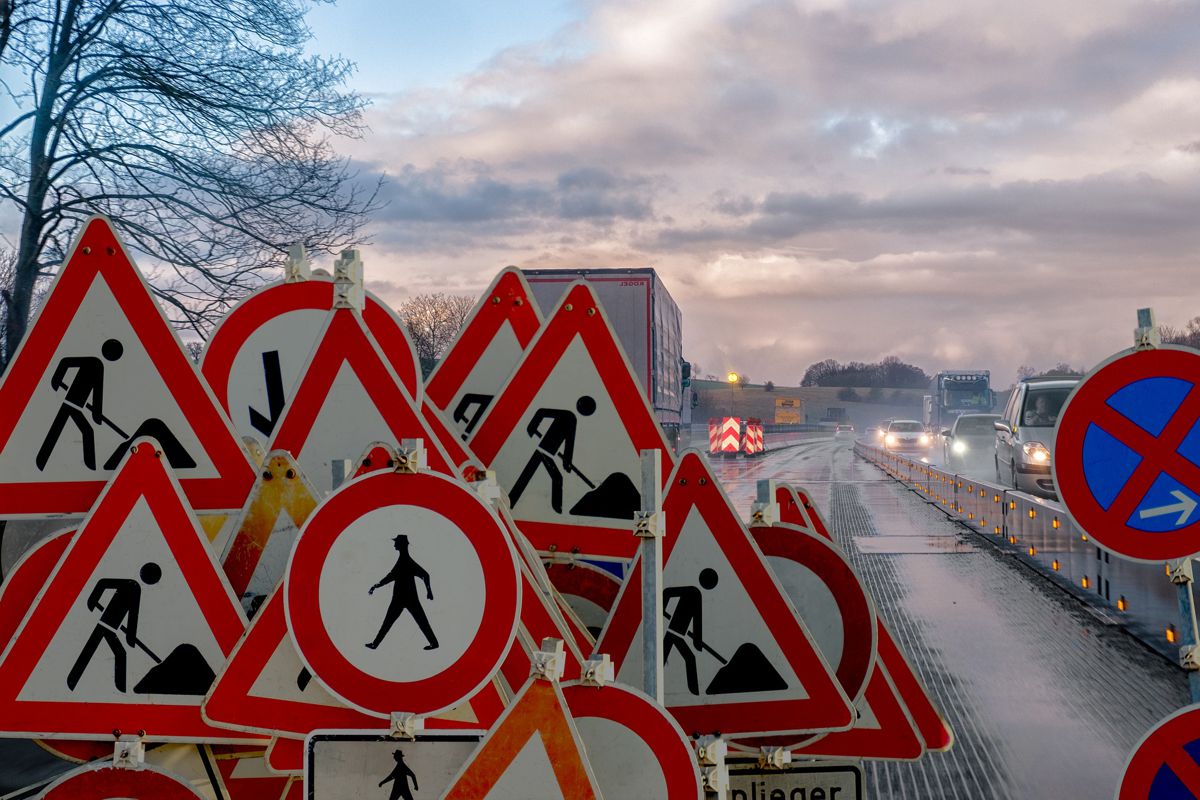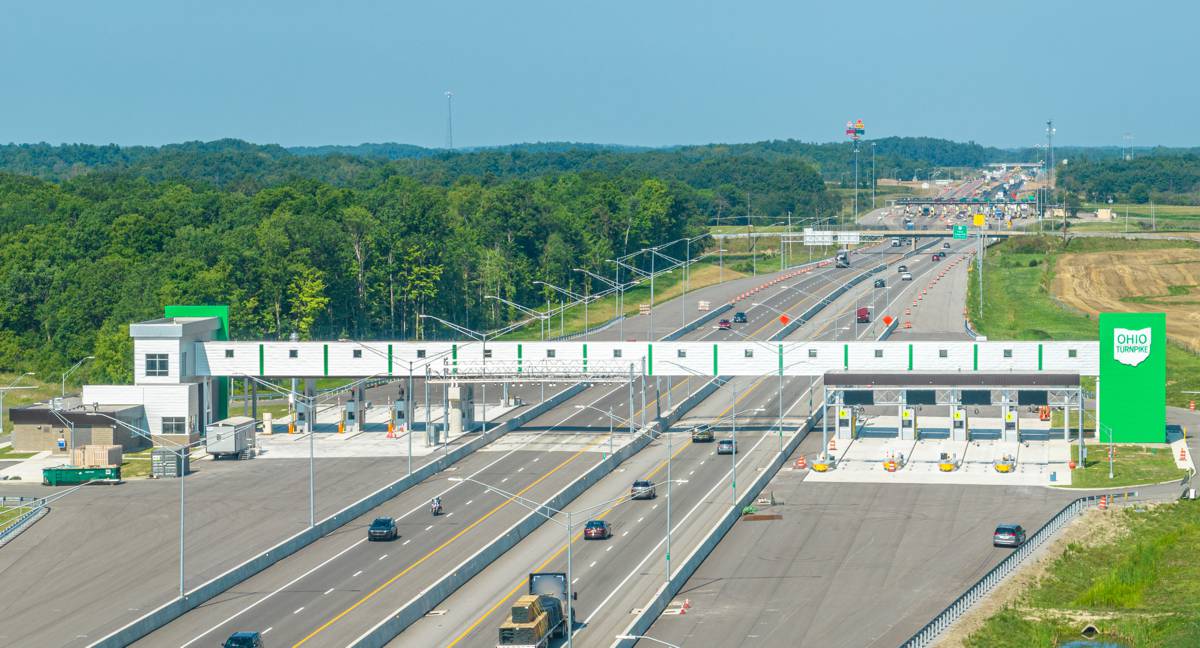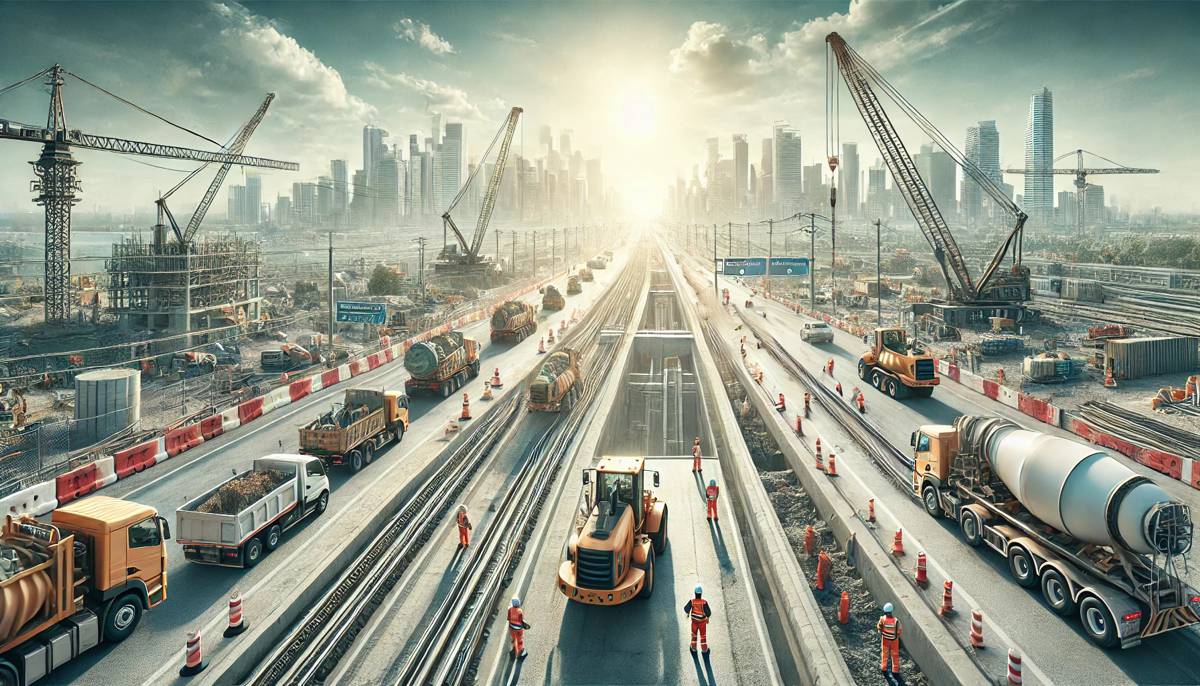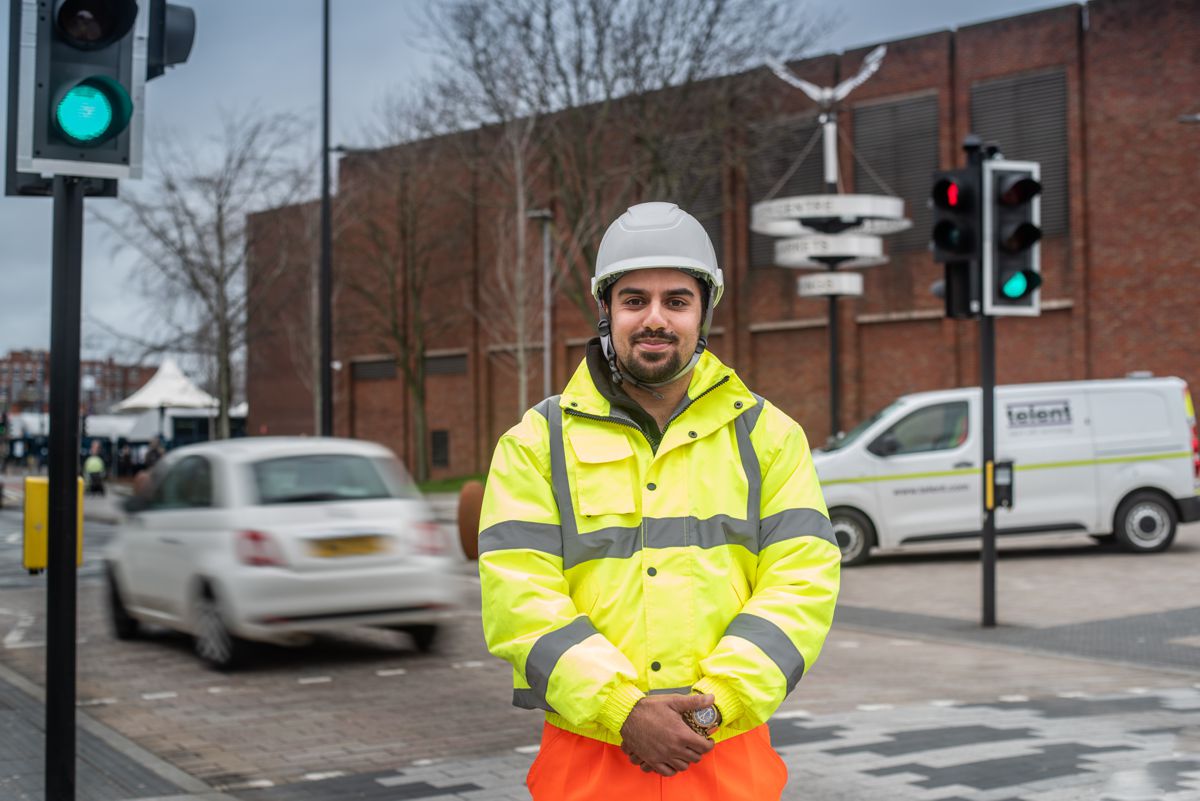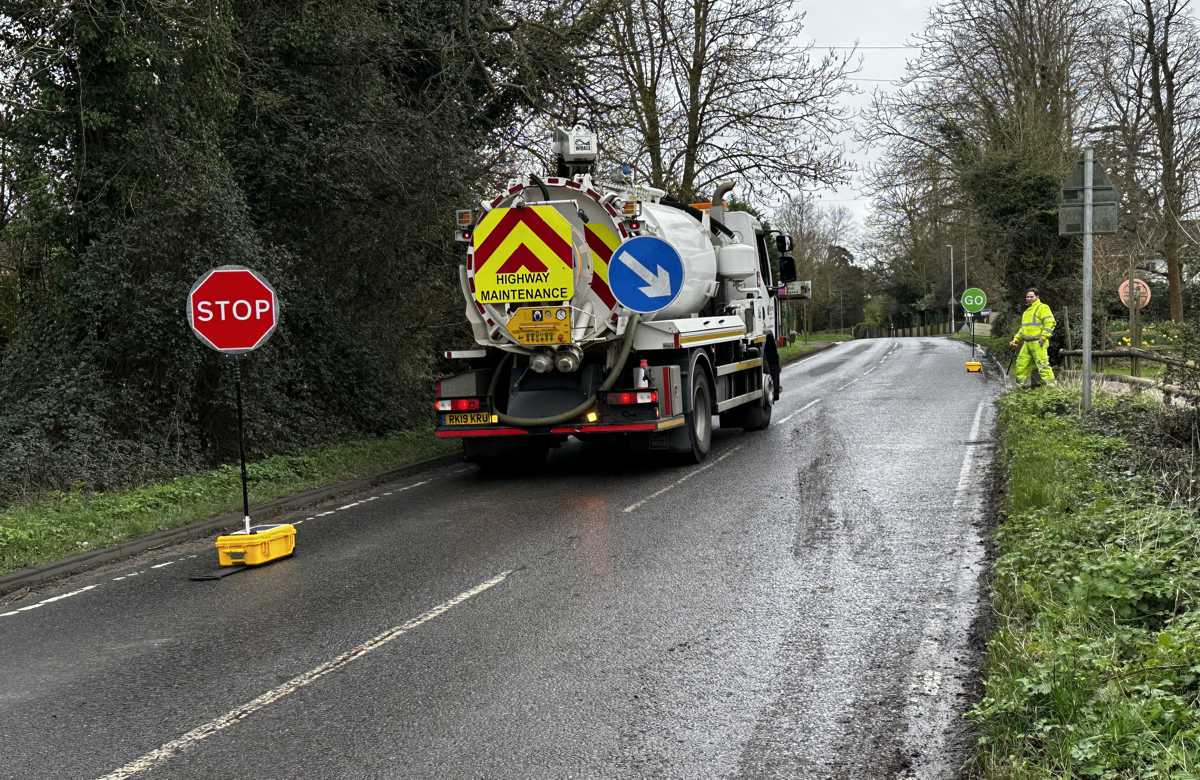Regular Road Maintenance extends Highway Lifespan
Roads are the veins of our modern world, facilitating the flow of people, goods, and services. Like any infrastructure, they’re subject to wear and tear, deterioration, and, eventually, the need for complete replacement. However, their lifespan can be significantly extended through regular and diligent maintenance.
Let’s take a journey down the road less travelled—the path of regular road maintenance. It’s a topic seldom discussed, often overshadowed by more glamorous construction projects like skyscrapers and stadiums. Yet, it’s as crucial as any other facet of civil engineering.
The longevity of a road isn’t solely determined by its initial construction. Regular maintenance plays a pivotal role, keeping roads in optimal condition and preventing major issues before they occur.
This article will unravel how regular maintenance can extend the lifespan of roads and why it should be a priority. We’ll delve into strategies, techniques like surface dressing, and the impact it has on our economy and society. It’s time to shed light on this essential aspect of the construction world.

Understanding Road Lifespan
In exploring the concept of regular maintenance, it’s essential to understand ‘road lifespan.’ Roads have a lifecycle that begins with their construction and ends with decommissioning or reconstruction.
- Road Construction: The birth of a road involves a series of complex engineering and construction processes. The goal is to build a road fit for its intended purpose.
- Active Life: After construction, the road enters its active life, a period of constant use. Regular maintenance during this phase can extend the road’s lifespan significantly.
- Deterioration And Decay: Without appropriate maintenance, the road starts to deteriorate, leading to issues such as potholes, cracks, and surface wear. Weather conditions, traffic volume, and the quality of the initial construction can influence the rate of decay.
- Reconstruction Or Decommissioning: At some point, it becomes more cost-effective to reconstruct or decommission the road rather than repair it.
Understanding the lifespan of a road lays the foundation for our discussion on regular maintenance.

The Importance Of Regular Maintenance
Regular maintenance plays a pivotal role in extending the life of a road. It involves not just fixing what’s broken, but also taking proactive measures to prevent issues from arising. In the guide on who is responsible for road repair, you’ll see that maintenance tasks are shared among various parties, including government agencies, local authorities, and sometimes even private companies.
Maintenance can be categorized into the following tasks, each with its unique role in ensuring the road’s longevity.
- Routine Maintenance: Routine maintenance includes regular checks and basic upkeep activities. It involves tasks like filling minor cracks before they expand, cleaning drains, and removing debris.
- Preventive Maintenance: This category of maintenance involves proactive measures aimed at keeping the road in good condition. Sealing to prevent water infiltration, which could cause severe damage, is one such preventive measure.
- Corrective Maintenance: Corrective maintenance comes into play when issues arise. It involves promptly addressing these issues to prevent further deterioration, such as patching potholes, repairing shoulders, and resurfacing worn-out areas.
By keeping our roads in a state of good repair, regular maintenance extends their lifespan and reduces the need for costlier repairs or reconstruction. As we move forward, we’ll delve deeper into the specifics of these maintenance strategies and their impacts on the road’s lifespan.
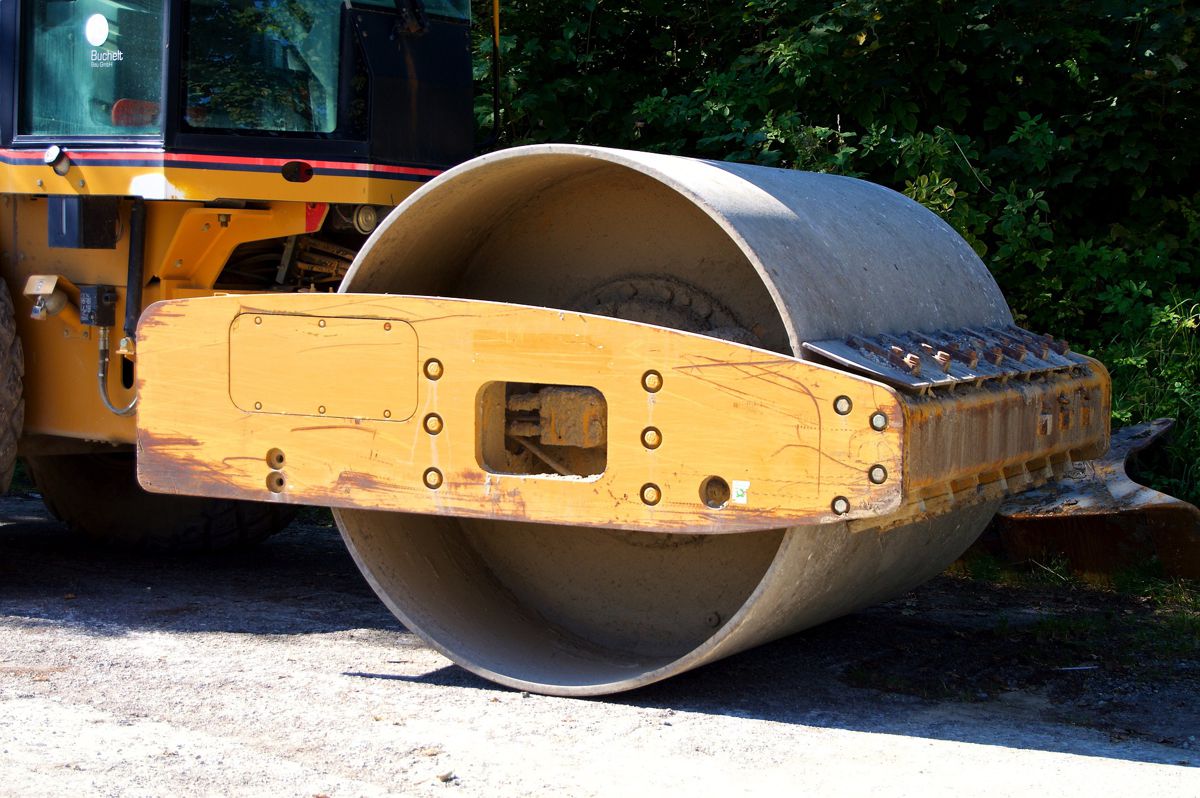
Maintenance Strategies And Techniques
In the sphere of road maintenance, the application of innovative strategies and techniques is pivotal to extending road lifespan. Here are several examples that have shown promising results:
- Noise-Reducing Asphalt: The use of asphalt designed to reduce traffic noise, suitable for residential areas, is still relevant today. This innovation also contributes to the broader trend of creating more liveable urban environments.
- Eco-Friendly Manufacturing And Ingredients: Environmentally conscious manufacturing processes, including the use of recycled materials in asphalt mixes, have expanded to incorporate a range of new materials and methods. Examples include roads made from recycled plastic waste and the use of recycled construction materials in road base layers.
- Computer Modelling And AI: Computer modelling has become even more advanced, with artificial intelligence (AI) and machine learning (ML) now playing a significant role in optimizing road design, predicting maintenance needs, and improving construction efficiency.
- Water-Saving Pavements: This technology continues to be refined, offering solutions to urban water management challenges. These pavements can aid in water conservation efforts and help mitigate flood risks by allowing water to permeate the road surface and replenish groundwater.
- Long-Lasting Pavements: The concept of perpetual pavements has evolved into a focus on the overall durability and lifespan of road structures, with innovations aiming to create roads that require less frequent repair and replacement. Advanced materials, including fibre-reinforced concrete and high-performance asphalt, contribute to this trend.
- Full-Depth Reclamation And Circular Economy: The practice of full-depth reclamation aligns with the modern trend of circular economy in construction. Instead of discarding old materials, they are recycled and incorporated into new construction, minimizing waste and reducing the demand for new resources.
- Collaborative And Integrated Project Delivery: Collaboration remains a key aspect of road construction, with Integrated Project Delivery (IPD) and Building Information Modeling (BIM) becoming standard practice. These methods foster cooperation among all parties involved in a project and promote efficiency and cost savings—from design to construction.
- Self-Healing Roads: A recent innovation where bacteria are used to create limestone, which fills cracks that form in the road over time, leading to fewer road repairs and lower costs.
- Solar Roads: Harnessing solar energy by embedding photovoltaic cells in the road surface. The energy generated can be used for various purposes, such as powering street lights and homes, thereby contributing to renewable energy goals.
- Modular Roads: These are made from recycled plastic waste and are quick and easy to install. They not only provide a solution to plastic waste but also allow for rapid infrastructure development, particularly in areas with poor road connectivity.
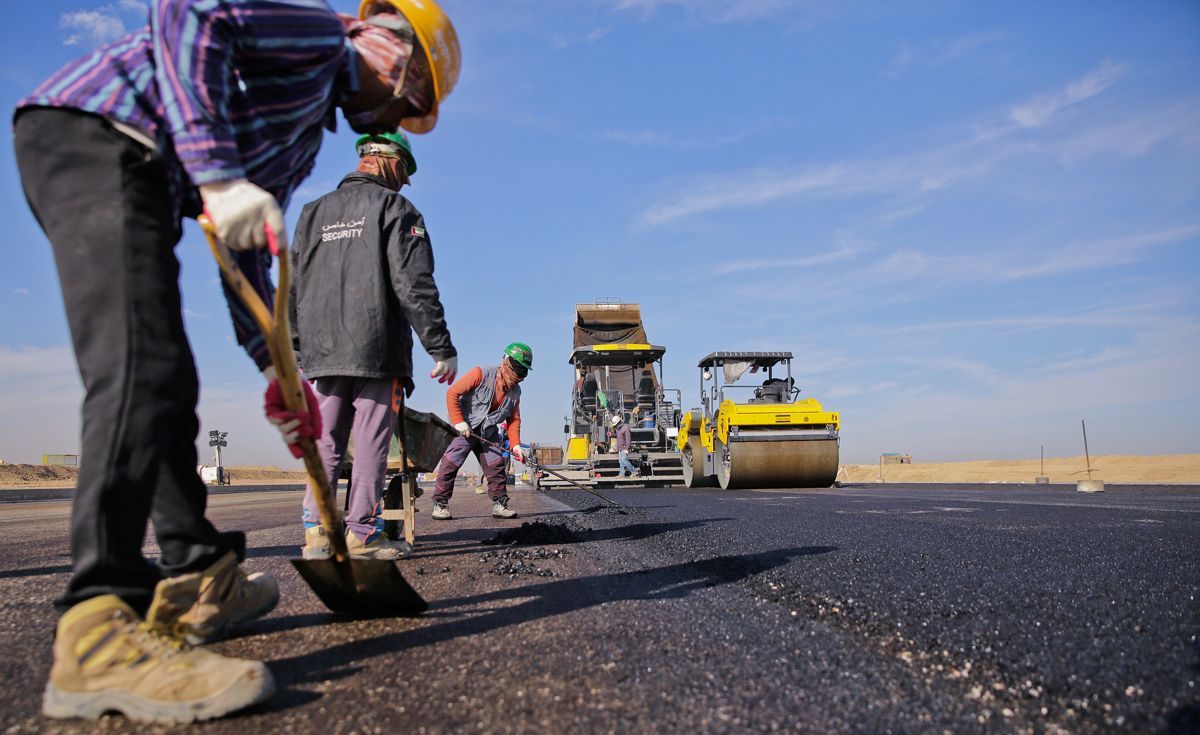
Economic And Social Impact
Investing in regular road maintenance brings significant economic and social benefits. Firstly, it stimulates local economies. More frequent road maintenance means more jobs in construction and civil engineering. It’s a cycle that, when maintained, benefits the entire community.
Additionally, well-maintained roads contribute to improved traffic flow and reduced vehicle operating costs. Drivers on smooth roads experience fewer car repairs related to road conditions. Less time is wasted in traffic, and fuel efficiency is maximized, leading to cost savings and reduced carbon emissions.
From a social perspective, regular road maintenance improves road safety, reducing the occurrence of accidents caused by road defects. A smoother ride means less stress for drivers, leading to safer and more pleasant driving experiences. Furthermore, well-maintained roads enhance the aesthetic appeal of communities and can even boost property values.
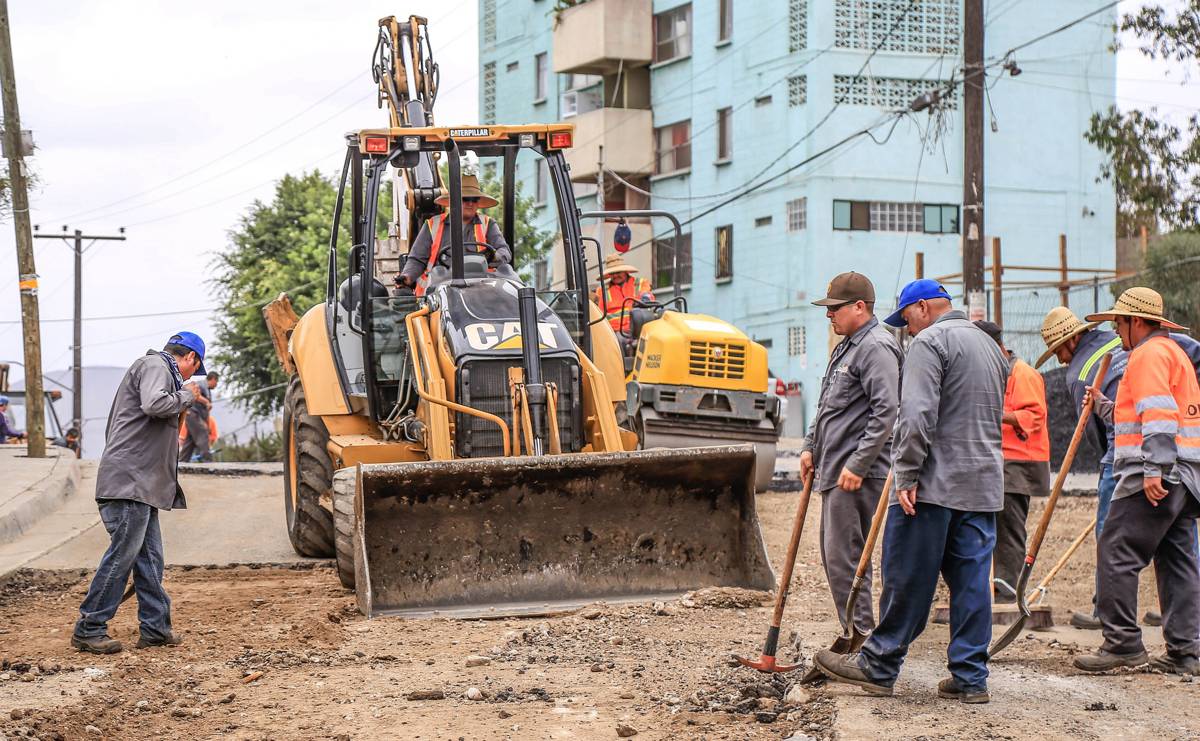
Parting Words
Regular road maintenance is far more than a mundane task. It’s a crucial practice that, when properly conducted, can lead to economic growth, safer communities, and a more sustainable future. By taking a proactive approach to road maintenance, we’re not just extending the lifespan of our roads but also making a positive contribution to society.
Maintaining our roads is a responsibility we all share, from civil engineers to construction professionals to local authorities. By understanding the importance of regular maintenance, adopting new techniques, and acknowledging its profound impact, we can extend the lifespan of our roads. In doing so, we can pave the way for a future where every journey is smooth, safe, and efficient.


